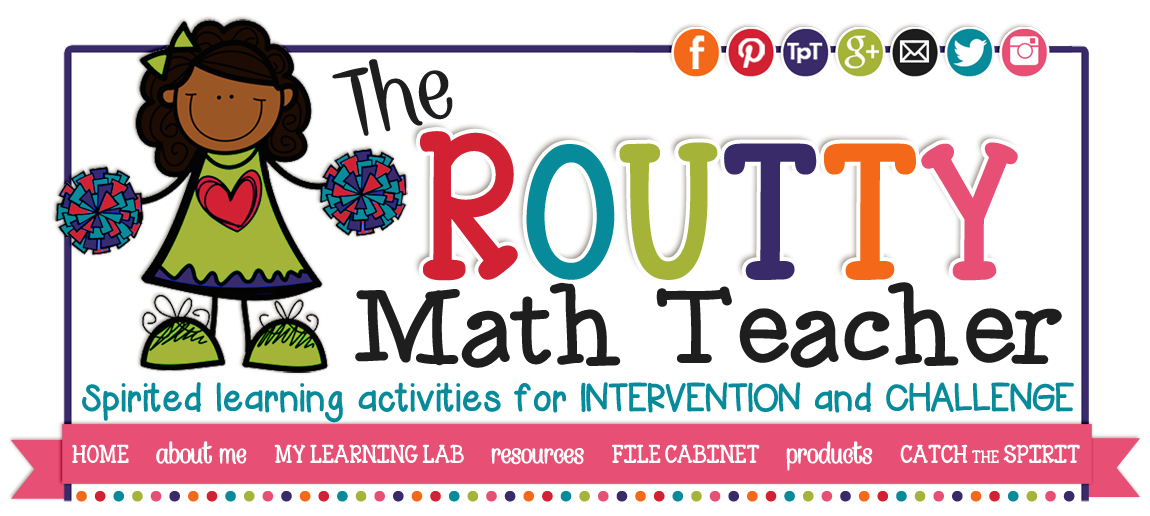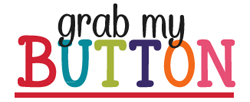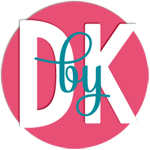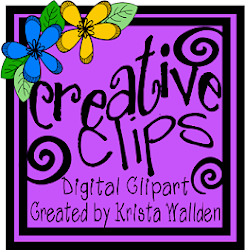Check out these student created puzzles!
Resources to Get You Started:
- The Armored Penguin Crossword Puzzle Maker is an excellent teacher resource for creating crossword puzzles. The program is free and allows you to create a puzzle as a PDF or you can copy and paste the puzzle into another document, such as Microsoft Word or PowerPoint.
- The free puzzle maker at Discovery Education is an easy tool for students to use to create their own puzzles. Student-created puzzles can be added to math menus or used as fast finisher challenges (see the picture above). The students love creating them and seeing their classmates try to complete them!
This crossword puzzle is part of my Order of Operations Pack at my Teachers Pay Teacher store.



































